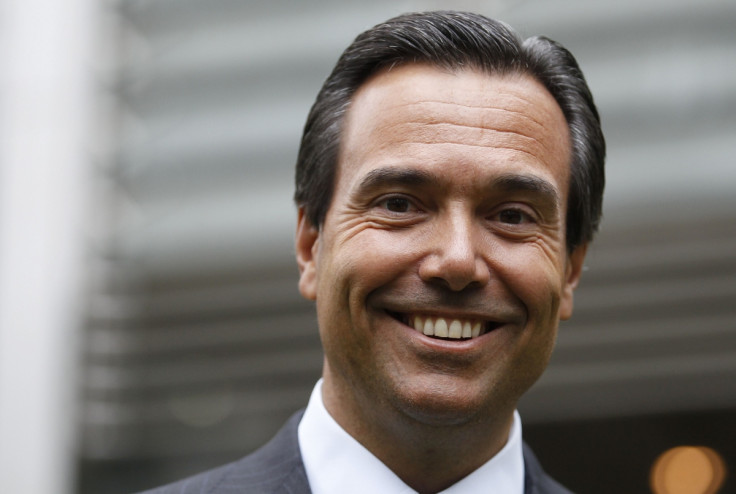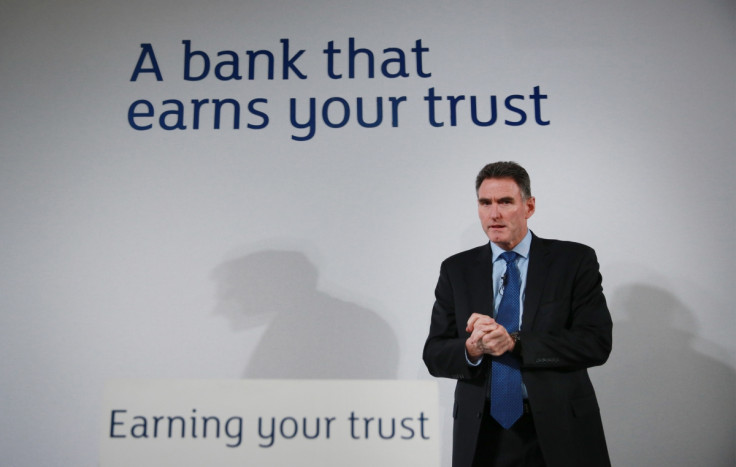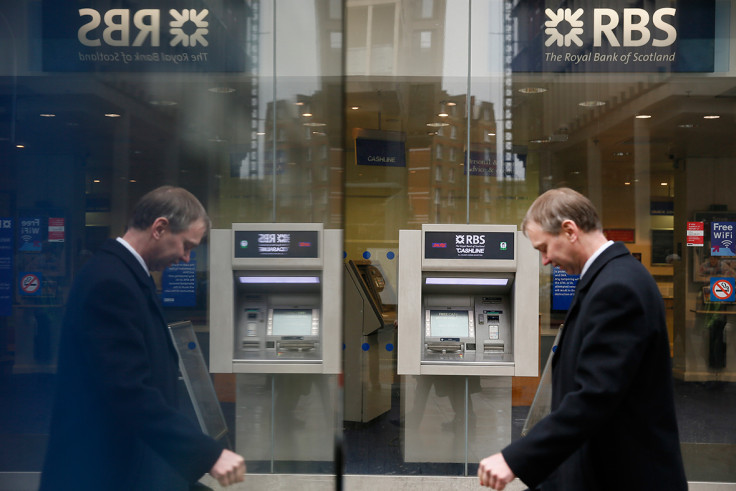A tale of two banks: Lloyds has paid back taxpayer but RBS still has a mountain to climb
Lloyds has more than paid back its £20.3bn bailout, while RBS has posted its ninth year of losses in a row.

The contrast between bailed out banks Lloyds Banking Group and Royal Bank of Scotland (RBS) was thrown into sharp relief this week, when Lloyds cleared its debt with the taxpayer. RBS has only handed over a fraction of what it owes, and few think the government will ever be paid in full.
Earlier this week Lloyds fully returned to private ownership when the government sold its final stake in the bank, making an overall profit of £900m.
This marks the end of a journey that began at the height of the financial crisis in October 2008 when the Treasury was forced to rescue Lloyds following its disastrous takeover of ailing rival HBOS. Taxpayers pumped in £20.3bn in the group, acquiring a 43% stake.
Chief executive António Horta-Osório, who joined the group after leading Spanish rival Santander in the UK in 2011, said: "Six years ago we inherited a business that was in a very fragile financial condition. Thanks to the hard work of everyone at Lloyds, we've turned the group around."
RBS, which is still 72% owned by the taxpayer, can only look on enviously at the position Lloyds finds itself. In March the Edinburgh-based lender slumped to a £7bn loss for 2016. This was the bank's ninth consecutive annual loss, taking its total losses since its £45.5bn rescue in 2008 to about £58bn.
"The bottom line loss is very stark, as is clear to everybody," admitted Sir Howard Davies, the chairman of RBS.
Both banks faced serious problems after their bailouts almost a decade ago.
Lloyds – especially the HBOS bank it absorbed – had lent too much to commercial property developers in Ireland and was too reliant on short-term lending on the financial markets to keep it in business.
Wafer-thin cash reserves
RBS faced a similar fundraising headache, but it had also been part of a consortium of lenders that bought Dutch bank ABN Amro in 2007 for €71bn, leaving it with wafer-thin layers of capital to absorb losses on bad loans. Around the time of its bailout, which saw the government take an 81% stake, RBS broke the record for the biggest loss in UK corporate history of £24bn in February 2009.

Stephen Hester, boss of RBS from the bailout replacing disgraced chief executive Fred Goodwin until September 2013, brought the bank back from the brink but did not shrink the investment bank as quickly as politicians had hoped.
But his successor, New Zealander Ross McEwan, concluded the investment bank was too expensive and could no longer operate on a standalone basis.
In March McEwan revealed he plans to cut £750m of costs this year as part of a new programme to save £2bn by the end of 2020. He conceded that would mean more job losses and branch closures, but did not give details of how many roles and locations are expected to go.
The bank also revealed £2.1bn of restructuring costs, including a £750m plan to abandon disposal of its 315-branch Williams & Glyn business after repeated attempts to find a buyer.
However, a Williams & Glyn sale was an European Commission condition of its bailout, as the subsidy broke state aid rules.
Branch closures
RBS, together with British regulators, drew up an alternative plan to launch a £750m fund for challenger banks and fin tech investment to boost competition among UK financial services firms. The European Commission said in April it would consider these "novel" proposals.
The lender has already closed about 450 branches since the end of 2013. Its workforce has also shrunk from 180,000 in 2008 to 80,000, largely through job cuts. It has pared back its foreign operations from 51 countries in 2009, to just 13 after the latest round of cutbacks.

Returning to profit in 2018 is dependent on RBS reaching a settlement with US regulators over allegations it mis-sold toxic residential mortgage-backed securities that contributed to the financial crisis, and the European Commission accepting the alternative to a Williams & Glyn disposal. Those two obstacles are prevent the government from selling down its stake.
When António Horta-Osório joined Lloyds in 2011 he cut costs, retrenched from the more-limited international expansion of the kind RBS had embarked upon, and reduced the reliance on money markets for funds. An improving economy and a government policy to help the housing market – Lloyds is the UK's biggest mortgage lender – also helped the bank.
Bank scandals
But to reinforce the fact that no major bank is free from scandal, it was forced to set aside £100m at is first quarter result in April to compensate HBOS around 60 businesses who were victims of the HBOS Reading bribery scandal division, before Lloyds acquired the lender in 2009.
The bank has already written off about £250m of fraudulent loans made in the scandal, which in February saw six people, including two former HBOS employees, being jailed for a total of just under 48 years.
The Reading scam centred on small businesses that had run into trouble and took place between 2003 and 2007, before Lloyds rescued the bank which resulted in a disastrous takeover in 2009 during the financial crisis.
It involved bribery with sex parties, luxury holidays, expensive watches and cash to refer companies that were HBOS clients to a consultancy firm called Quayside Corporate Services (QCS). The troubled businesses were then asset-stripped by QCS.
Lloyds latest scandal is unsavoury, but you get the feeling RBS would swap places without a second thought.
© Copyright IBTimes 2025. All rights reserved.






















